Healthy Urban Environments
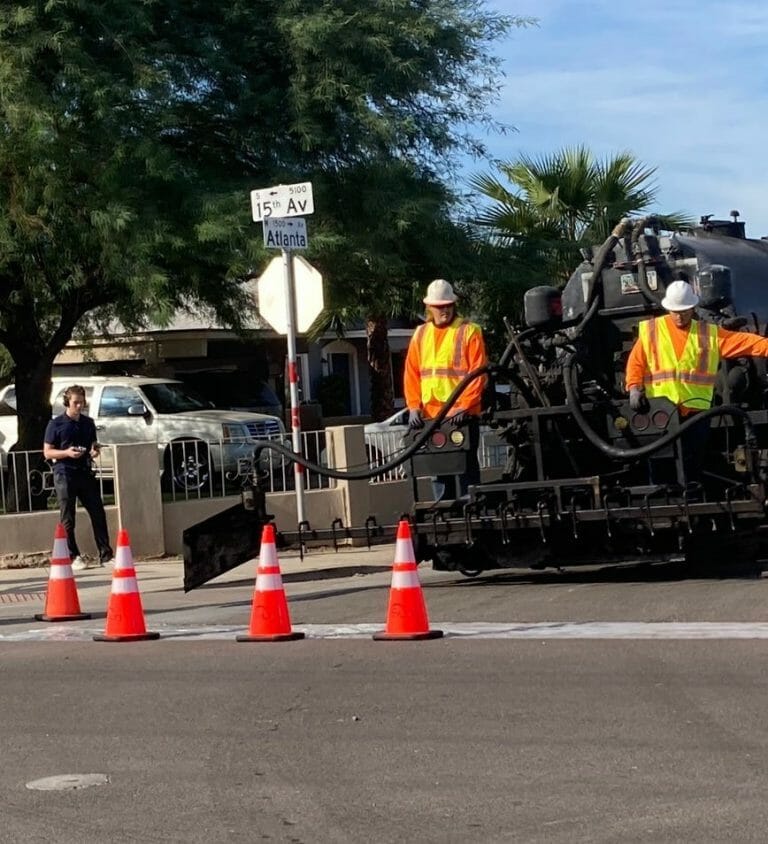
South Phoenix streets get reflective coating to reduce excessive heat
The second phase of Phoenix’s Cool Pavement Program in south Phoenix has kicked off. The Office of Heat Response and Mitigation is part of this effort, with $2.8 million allocated for
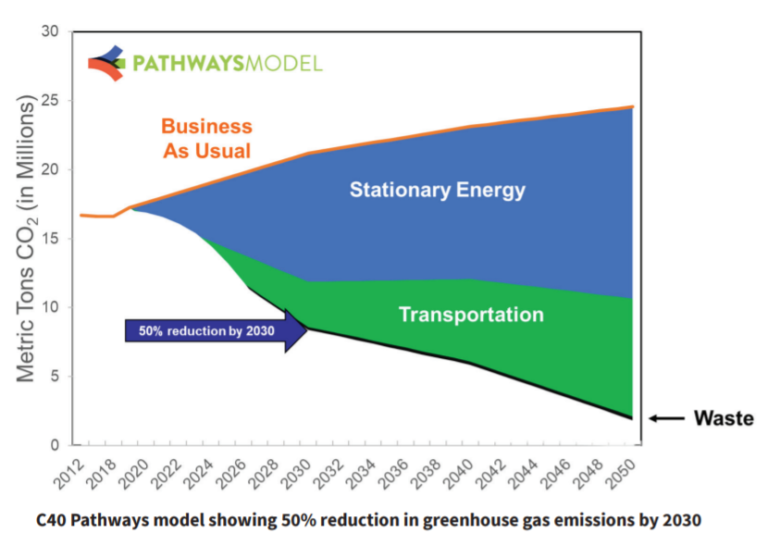
City of Phoenix adopted the 2021 Climate Action Plan
Phoenix Mayor Kate Gallego and the City Council have adopted a Climate Action Plan roadmap to cut emissions and build a more resilient city by approving the City’s comprehensive action
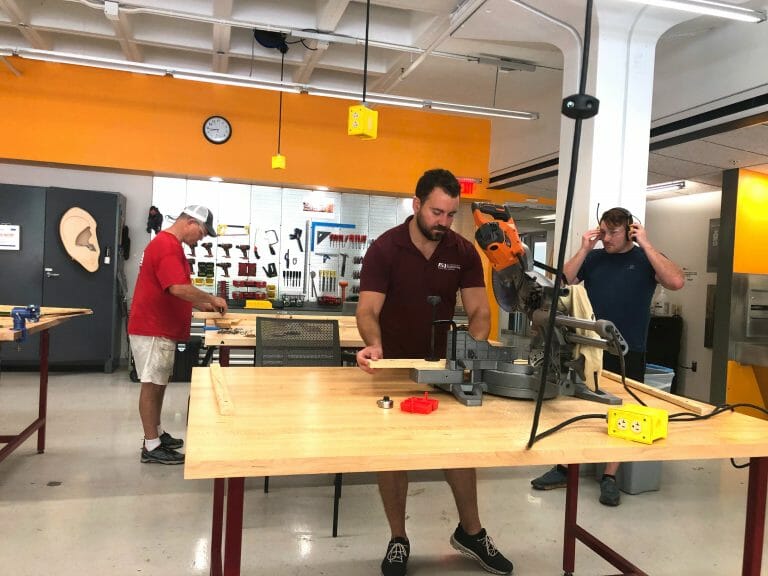
HUE partnership with City of Tempe for mobile cooling trailer looks forward to future
HUE and the City of Tempe unveiled a new project that will not only serve as a place of shelter from the brutal summer heat in the Valley of the Sun, but
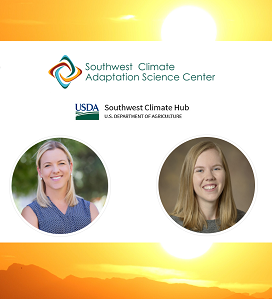
Extreme heat and public health podcast
Jennifer Vanos, a HUE partner and Assistant Professor at the School of Sustainability, College of Global Futures, and Rachel Braun, a Postdoctoral Research Associate with HUE, have been featured in Come Rain
Silent killer: The rising problem of extreme heat in the U.S.
Congratulations to Melissa Guardaro, PhD, a HUE member, Knowledge Exchange for Resilience and Assistant Research Professor at the Global Institute of Sustainability and Innovation, for testifying in front of the

A double heat and housing crisis in Phoenix
In the June 20 edition of The New York Times, writer Jack Healy visits Phoenix to explore how the region is addressing a housing shortage while in the midst of
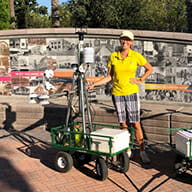
Do trees provide the best shade for urban environments?
Shade is a term that residents of arid, hot environments learn to appreciate, especially during scalding summer months. But what makes for the best shade? “Cities have started to plant
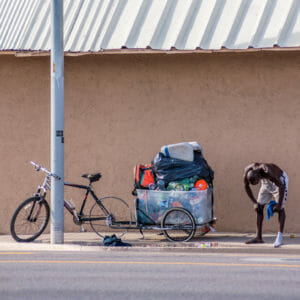
2020 brings record heat and dryness to Arizona
“The heat in 2020 was not helpful in the least, and the global pandemic was not helpful as well,” said associate professor David Hondula, a partner with the Healthy Urban
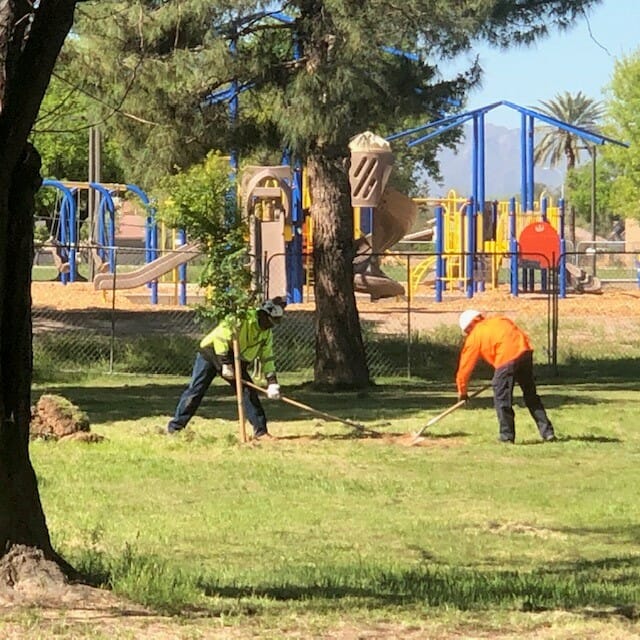
Transforming Phoenix into an ‘urban forest’ to combat extreme heat
A State Press article detailed how the Healthy Urban Environments Initiative partners are working with Phoenix city officials to reduce temperatures across the Valley after a record-breaking summer. Reducing temperatures

Cool pavement pilot study
A joint study between Arizona State University researchers — led by Ariane Middel and Jenni Vanos — and the City of Phoenix, and sponsored by the Healthy Urban Environments Initiative, will quantify and evaluate the effectiveness of the CoolSeal product in mitigating urban heat considering various heat metrics (air temperature, surface temperature and radiant temperature). This one-year project will also assess the product performance and life cycle.
AZ Heat Preparedness and Resilience Workgroup
This Workgroup was created in the summer of 2020 to share heat forecasts and warnings with communities; highlight approaches to heat relief, communications strategies and resources; identify opportunities and gaps
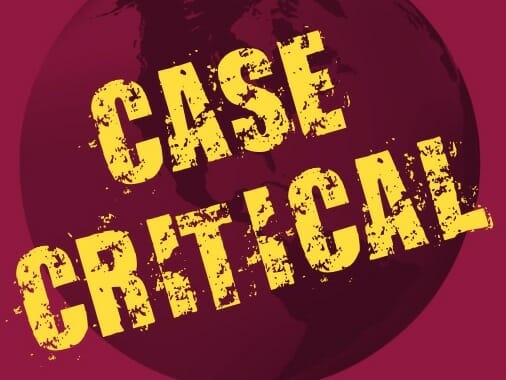
Event Sept. 3: Killer Heat in COVID Times
Last month, Phoenix broke its record for the most days at 110-plus degrees, while being the world’s hotspot for coronavirus. This case critical discussion brings together ASU, the City of Phoenix, as well as a local nonprofit and a national NGO, to discuss the compounding crises of extreme heat and COVID-19.